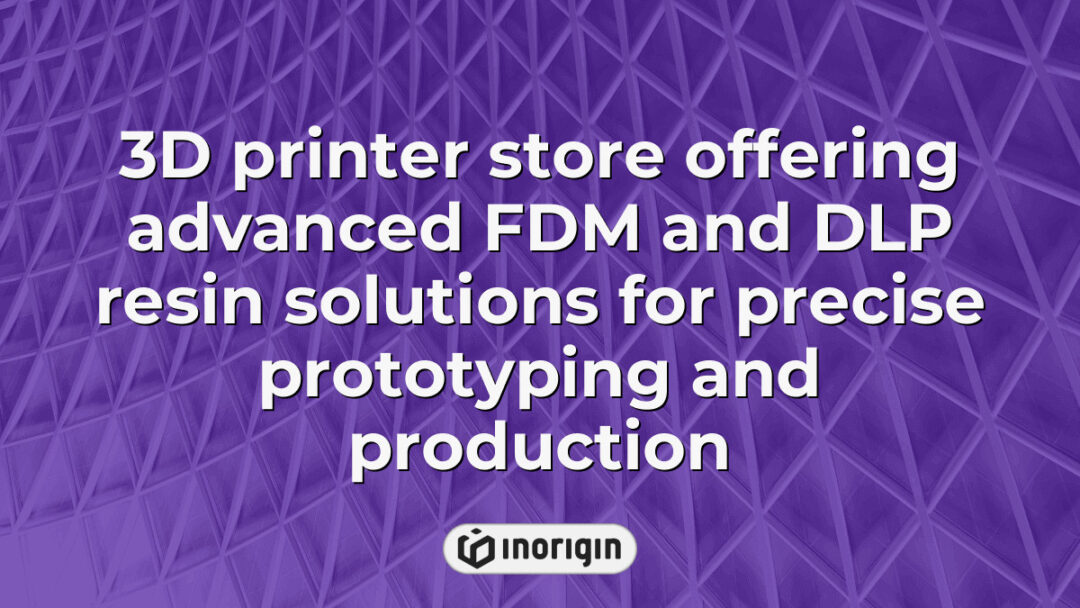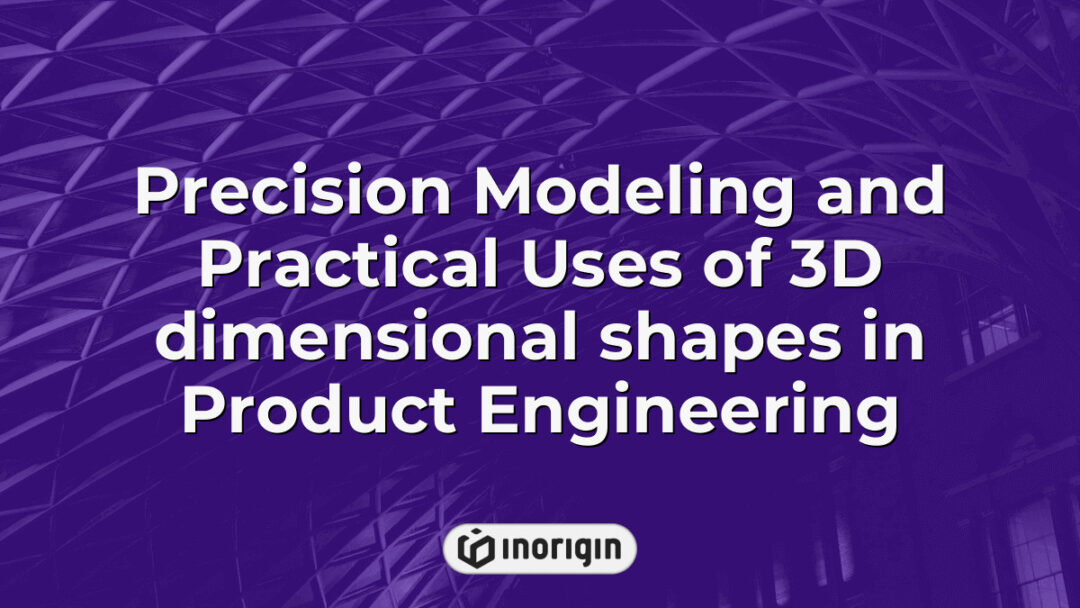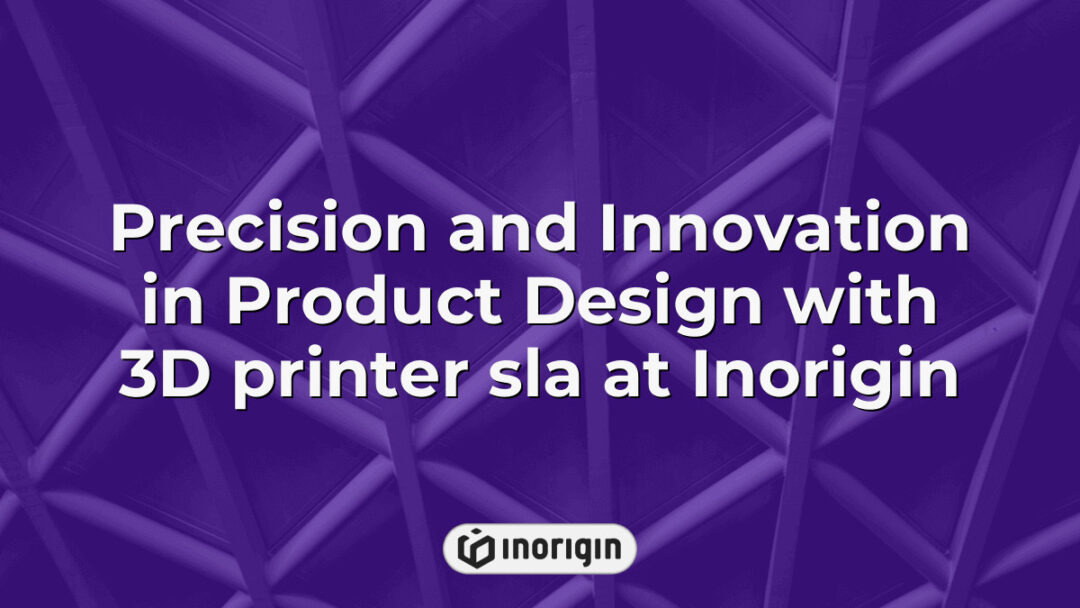The emergence of 3D printing technology has revolutionized the manufacturing landscape, offering unprecedented opportunities for innovation and creativity across various industries. As this transformative process continues to evolve, the establishment of dedicated 3D printer stores has become increasingly significant, serving as pivotal hubs for enthusiasts, professionals, and businesses alike. These specialized retail environments not only provide access to cutting-edge equipment but also foster a community where knowledge sharing and technical support thrive. Furthermore, they play an essential role in demystifying advanced fabrication techniques while promoting sustainable practices through localized production methods. This article aims to explore the multifaceted functions of 3D printer stores, their impact on consumer behavior, and their contribution to the broader technological ecosystem.
| Aspect | Key Takeaway |
|---|---|
| Role of a 3D printer store | A 3D printer store offers access to cutting-edge additive manufacturing equipment and expert support, bridging the gap between innovative ideas and functional product realization. |
| Types of 3D printers available | Popular printer types include FDM for affordability, SLA for high-resolution detailing, and SLS for complex geometries, catering to diverse industrial needs. |
| Essential printing materials and accessories | Quality filaments, optimal build surfaces, and precise post-processing tools collectively enhance print outcomes and durability. |
| Choosing the right printer | Consider application scope, budget, build volume, and technology compatibility to select a printer aligned with project requirements. |
| Maintenance best practices | Regular cleaning, calibration, and firmware updates are critical to maintaining printer accuracy and extending equipment lifespan. |
| Safety considerations | Operators must manage thermal and emission risks by following safety protocols and understanding material data sheets to ensure a secure printing environment. |
| Professional 3D printing services | For those without personal equipment, partnering with specialized studios enables creation of high-quality prototypes and products via expert-driven printing solutions. |
Understanding 3D Printing Technology
The advent of 3D printing technology has revolutionized various industries, enabling the transformation of digital designs into tangible objects with unprecedented precision and efficiency. To begin with, this innovative process employs additive manufacturing techniques, wherein materials such as plastics and metals are layered to create complex geometries that would be otherwise unattainable through traditional manufacturing methods. Furthermore, advancements in software and hardware have significantly enhanced the capabilities of 3D printers, allowing for a greater range of applications from prototyping to end-use production across sectors including aerospace, healthcare, and consumer goods. Additionally, the integration of sustainable practices within this technology exemplifies its potential for environmental stewardship; by minimizing waste and utilizing recyclable materials, 3D printing can contribute positively to ecological sustainability. As research continues to advance in areas such as bioprinting and multi-material fabrication, it becomes increasingly evident that understanding 3D printing is not merely an academic pursuit but rather a crucial endeavor that could shape future innovations across myriad fields.
Types Of 3D Printers Available
The landscape of 3D printing technology encompasses a diverse array of printer types, each tailored to specific applications and material requirements. Firstly, Fused Deposition Modeling (FDM) printers, which function by extruding thermoplastic filaments layer by layer, are among the most common due to their affordability and ease of use. Alternatively, Stereolithography (SLA) utilizes a laser to cure liquid resin into hardened plastic, thereby offering higher resolution and smoother finishes than FDM; this makes SLA particularly suitable for intricate designs in industries such as jewelry and dental manufacturing. Furthermore, Selective Laser Sintering (SLS) employs powdered materials that are fused together using a high-powered laser, allowing for complex geometries without the need for support structures. Each type of 3D printer presents unique advantages and limitations based on factors such as cost, speed, material compatibility, and precision. Consequently, understanding these distinctions is essential for selecting the appropriate technology according to project demands or industrial needs.
Essential Accessories And Materials For 3D Printing
The landscape of 3D printing is not solely defined by the printers themselves; rather, it encompasses a range of essential accessories and materials that significantly enhance the overall experience. For instance, while one might consider the printer as the centerpiece of this technology, equally critical are the tools and substrates that facilitate successful prints. To illustrate this point further, three fundamental components stand out:
- Filament: The choice of filament directly influences print quality and material properties, with options ranging from PLA to ABS and specialty filaments such as PETG or nylon.
- Build Surface: A suitable build surface can ensure better adhesion during printing, reducing warping and facilitating easier removal post-printing; popular choices include glass plates, PEI sheets, and blue painter’s tape.
- Post-Processing Tools: These tools encompass items like sandpaper for smoothing edges, solvents for finishing touches on certain materials, and paint for adding color or detail to finished products.
Each of these elements plays an integral role in achieving optimal results within the realm of 3D printing. By recognizing their importance alongside the core machinery itself, users can elevate their projects beyond mere functionality to achieve both aesthetic appeal and structural integrity.
Choosing The Right 3D Printer For Your Needs
Selecting the appropriate 3D printer necessitates a careful consideration of various factors, as making an ill-informed decision can lead to dissatisfaction and wasted resources. Initially, it is essential to identify the intended application of the 3D printing technology, whether for hobbyist projects, professional prototyping, or industrial production. Subsequently, one must evaluate different printing technologies available on the market, such as Fused Deposition Modeling (FDM), Stereolithography (SLA), or Selective Laser Sintering (SLS), each offering distinct advantages and limitations in terms of material compatibility, precision, and operational costs. Furthermore, budget constraints play a pivotal role; while high-end models may offer advanced features and greater reliability, entry-level printers often suffice for basic applications without incurring significant financial burdens. Additionally, considerations regarding build volume and print speed should not be overlooked since these parameters directly impact project feasibility. Ultimately, conducting thorough research and aligning specific requirements with available options will facilitate informed decision-making when choosing a 3D printer that best meets individual needs.
Tips For Maintaining Your 3D Printer
Maintaining a 3D printer is crucial for ensuring optimal performance and longevity of the device. Research indicates that regular maintenance can significantly reduce wear and tear, thereby enhancing print quality and minimizing operational issues. To achieve this, several key practices should be implemented consistently throughout the lifespan of the printer. First, regular cleaning of components such as the nozzle and build plate is essential to prevent clogs and ensure adhesion. Furthermore, calibration should occur periodically to maintain precision in printing dimensions. Lastly, keeping firmware updated enhances functionality by integrating improvements or bug fixes provided by manufacturers.
- Regular Cleaning
- Clean the nozzle using appropriate tools to remove plastic buildup.
- Wipe down the build plate with suitable solvents to improve adhesion.
- Inspect other moving parts for dust accumulation and clean accordingly.
Calibration Protocols
- Check bed leveling before each print job to ensure even surfaces.
- Adjust extruder settings based on material type for optimal flow rates.
- Measure filament diameter frequently; variations can affect extrusion consistency.
Software Maintenance
- Update slicing software regularly to access new features and enhancements.
- Backup configuration settings occasionally to avoid loss during updates.
- Monitor temperature profiles specific to materials being printed for improved results.
Through diligent adherence to these maintenance strategies, operators may observe not only an increase in print fidelity but also an extension of their equipment’s operational life span. Consistent application of these practices contributes positively toward creating a reliable printing environment while fostering innovation within various applications of additive manufacturing technology.
Frequently Asked Questions
What Are The Most Common Uses For 3D Printing?
3D printing, also known as additive manufacturing, serves a multitude of applications across various sectors. Primarily, it is utilized in prototyping and product development, allowing designers and engineers to create tangible models rapidly for testing and validation purposes. Furthermore, the medical field has embraced 3D printing for producing customized implants, prosthetics, and even bioprinting tissues, thereby enhancing patient-specific treatments. Additionally, the automotive and aerospace industries leverage this technology to manufacture lightweight components that improve efficiency while reducing material waste. Moreover, educational institutions employ 3D printing as a pedagogical tool to foster innovation and creativity among students by providing hands-on experience with design processes. Such versatility underscores the significant role of 3D printing in contemporary practices, highlighting its potential to revolutionize traditional manufacturing methods across diverse domains.
How Much Does It Typically Cost To Start 3D Printing?
The cost of initiating a 3D printing venture can vary significantly based on multiple factors, including the type of printer selected and the materials employed. According to industry reports, the average entry-level 3D printer ranges from $200 to $500; however, professional-grade models can exceed several thousand dollars. Furthermore, additional expenses must be considered, such as filament or resin costs, which typically range from $20 to $50 per kilogram for common materials like PLA (polylactic acid) and ABS (acrylonitrile butadiene styrene). Besides material costs, there are also potential expenses related to software licenses and maintenance tools that may further influence overall investment. Transitioning into operational aspects reveals that electricity consumption is generally modest, yet it should not be overlooked when calculating total expenditure. Therefore, while initial startup costs might appear daunting at first glance, they often reflect an accessible entry point into a rapidly evolving technology with substantial long-term benefits and applications across diverse industries.
Are There Any Safety Concerns Associated With 3D Printing?
The realm of 3D printing, often likened to a modern-day alchemy where digital blueprints transform into tangible objects, presents not only opportunities but also potential hazards that merit careful consideration. As the popularity of this technology grows, so does the necessity for awareness regarding safety concerns associated with its operation and materials. Notably, several key issues warrant attention:
- Emission of Volatile Organic Compounds (VOCs) – Certain filaments used in 3D printing can release harmful VOCs during the heating process, posing health risks if inhaled over extended periods.
- Thermal Burns – The heated components of a 3D printer operate at high temperatures; thus, improper handling or malfunction can lead to severe burns.
- Particulate Matter Generation – The extrusion process may produce ultrafine particles that can become airborne and potentially enter the respiratory system.
- Material Safety Data Sheets (MSDS) Awareness – Users must familiarize themselves with MSDS for each material employed in printing to understand their specific hazards and proper handling procedures.
Awareness of these safety concerns is critical for ensuring a secure environment when engaging with 3D printing technologies. By adopting appropriate preventive measures and adhering to recommended safety protocols, users can mitigate risks effectively while reaping the benefits offered by this innovative field.
What Types Of Files Are Compatible With 3D Printers?
The advent of 3D printing technology has not only revolutionized manufacturing but also raised the question of file compatibility, as one might humorously ponder how a printer built for creativity could be so picky about its diet. To effectively utilize a 3D printer, specific file formats are required to ensure successful interpretation and execution of design specifications. The most widely accepted format is the STL (Stereolithography) file, which encapsulates three-dimensional geometries through triangular facets; however, it lacks color information and texture details. Other compatible files include OBJ and AMF formats that can accommodate more complex models with additional attributes such as colors and textures. Furthermore, G-code files serve as essential instructions for 3D printers, detailing movements and extrusions necessary for producing an object layer by layer. This diversity in file types reflects the versatility of 3D printing technologies while simultaneously underlining the necessity for users to select appropriate formats tailored to their specific requirements and capabilities of their devices. Ultimately, understanding these distinctions enhances both user experience and product outcomes within the realm of additive manufacturing.
Can I Get My 3D Models Printed Professionally If I Don’t Own A Printer?
According to recent studies, approximately 60% of individuals interested in 3D printing do not own a printer, highlighting a significant gap between the desire for custom fabrication and access to necessary technology. For those who wish to materialize their digital designs without personal ownership of a printer, professional 3D printing services offer viable solutions. These services typically encompass a range of options, from online platforms where users can upload files directly to local print shops that provide hands-on assistance throughout the design process. Notably, many professionals are equipped with advanced printers capable of producing high-quality prototypes and finished products using various materials, thereby accommodating diverse project requirements. As such, accessing these resources enables individuals and businesses alike to transform creative ideas into tangible items while navigating the complexities often associated with owning and operating a 3D printer. This flexibility allows aspiring designers and entrepreneurs to engage with the burgeoning field of additive manufacturing more readily than ever before.
Conclusion
Navigating the world of 3D printing requires careful consideration of technology, types, and maintenance. As the adage goes, “A stitch in time saves nine,” timely attention to printer upkeep ensures optimal performance and longevity. A well-informed approach ultimately enhances the 3D printing experience for all users.
Related posts:
- How Product Safety Engineer Roles Drive Innovation and Regulatory Compliance
- Precision Engineering and Material Selection Strategies for Resin Printer Performance Enhancement
- Precision Engineering and Material Selection for the Best Resin 3D Printer Performance
- Best 3D printer 2023 Reviewed for Precision, Speed, and Material Versatility
- Precision Engineering Breakthroughs with a Big 3D Printer in Product Design
- Comprehensive Guide to 3D Printer Types and Their Industrial Applications




